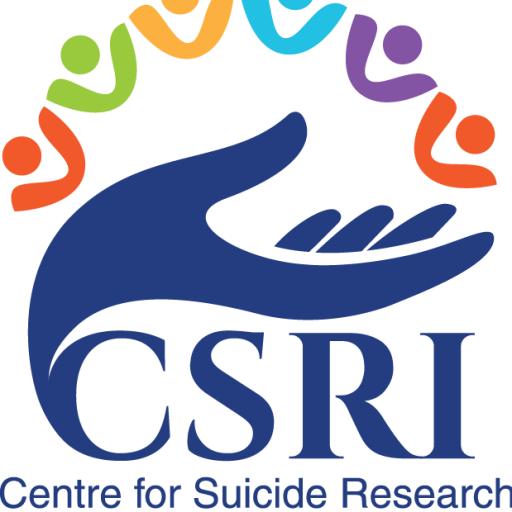Coping Strategies for Self-Harm: Finding Healing Beyond the Pain
Self-harm is a complex issue that affects individuals from all walks of life. It’s a coping mechanism often employed to deal with overwhelming emotions, trauma, or mental health struggles. While self-harm might offer temporary relief, it can lead to long-term physical and emotional damage. However, there is hope. By exploring healthier coping strategies, individuals can break free from the cycle of self-harm and find healing beyond the pain.
Understanding Triggers:
The first step in coping with self-harm is understanding the triggers that lead to these behaviors. Triggers can vary from person to person and may include stress, anxiety, depression, trauma, or feelings of inadequacy. By identifying these triggers, individuals can develop strategies to address them proactively.
Seeking Professional Help:
Seeking professional help is crucial in addressing self-harm. Therapists, counselors, or support groups can provide valuable guidance and support in understanding underlying issues and developing coping mechanisms. Therapy can also help individuals learn healthier ways to manage emotions and build resilience.
Developing Alternative Coping Mechanisms:
Finding alternative coping mechanisms is essential in breaking the cycle of self-harm. Engaging in activities that promote relaxation, such as deep breathing exercises, meditation, or yoga, can help individuals manage stress and anxiety. Additionally, creative outlets like art, music, or writing can provide a healthy means of expressing emotions.
Building a Support System:
Building a strong support system is vital in overcoming self-harm. Whether it’s friends, family members, or support groups, having people to turn to during difficult times can provide comfort and encouragement. Open and honest communication with loved ones can foster understanding and empathy, creating a safe space for healing.
Practicing Self-Compassion:
Practicing self-compassion is crucial in the journey towards recovery. It’s important for individuals struggling with self-harm to be gentle with themselves and acknowledge that healing takes time. Learning to forgive oneself for past mistakes and focusing on self-care can help build self-esteem and resilience.
Creating a Safety Plan:
Creating a safety plan is essential for managing moments of crisis. This plan should outline specific steps to take when experiencing overwhelming emotions or urges to self-harm. It may include contacting a trusted friend or therapist, engaging in distraction techniques, or removing any items that could be used for self-harm from the environment.
Use Distraction Techniques:
Engage in activities that distract from the urge to self-harm, such as exercise, listening to music, going for a walk, or spending time with pets.
Utilize Replacement Behaviors:
Replace self-harming behaviors with less harmful alternatives, such as snapping a rubber band on the wrist, holding ice cubes, or drawing on the skin with a red marker.
Coping with self-harm is a challenging journey, but it’s not one that individuals have to face alone. By seeking professional help, developing alternative coping mechanisms, building a support system, practicing self-compassion, and creating a safety plan, individuals can break free from the cycle of self-harm and find healing beyond the pain. Remember, recovery is possible, and there is hope for a brighter future.

